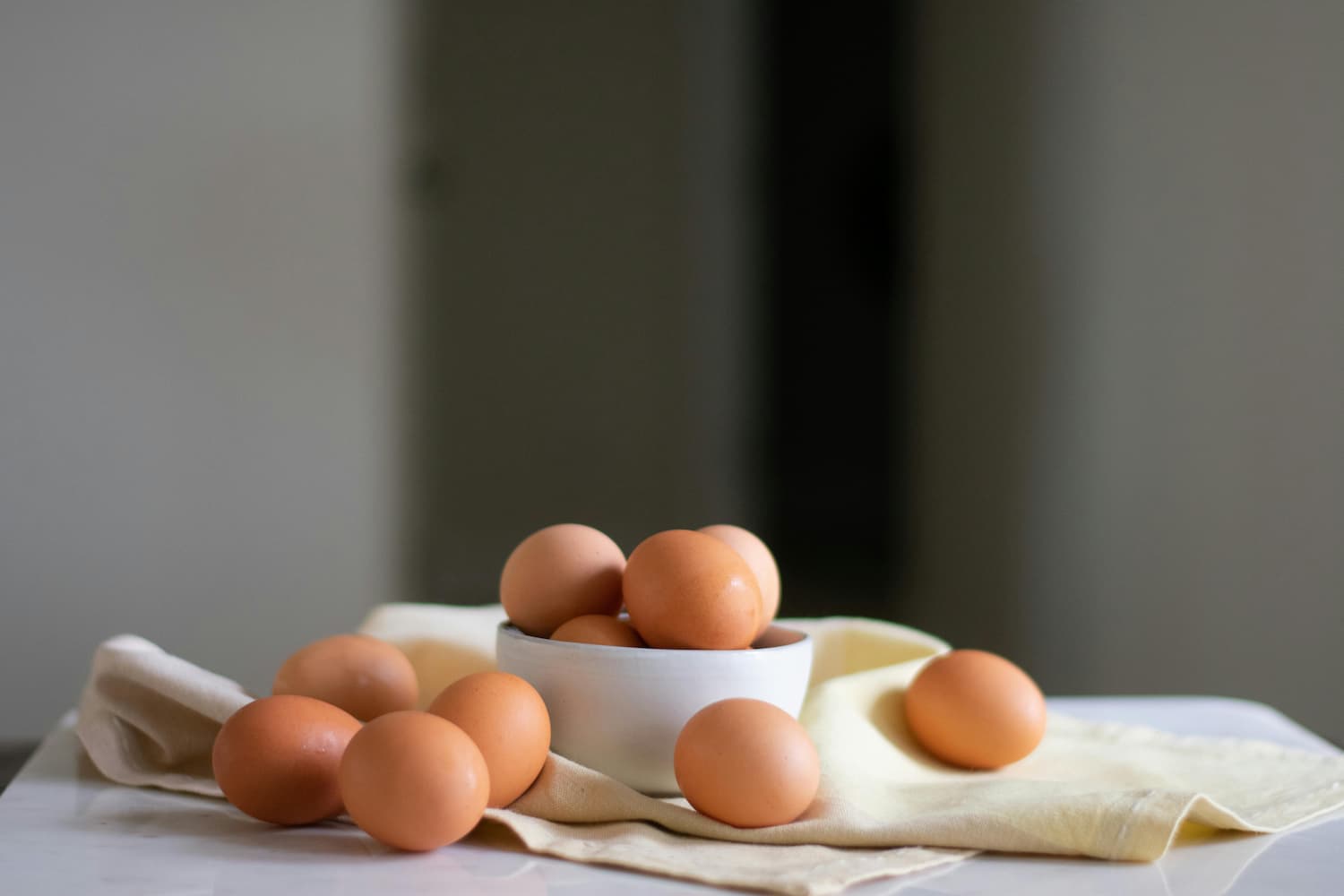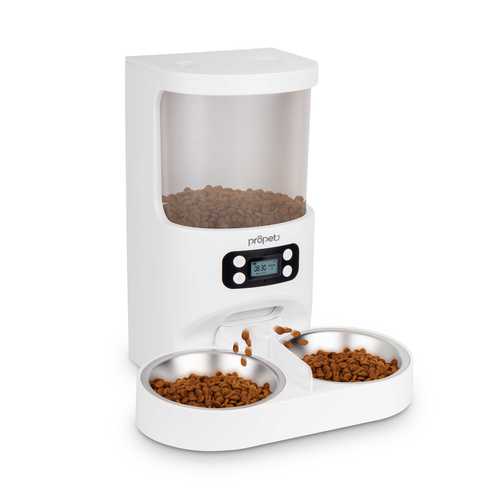If you’ve ever caught your dog sneaking a bite of your cat’s food, you’re not alone. Many pet parents wonder: Can dogs eat cat food? While the occasional nibble might not cause immediate harm, understanding the risks and nutritional differences is crucial for your dog’s long-term health.
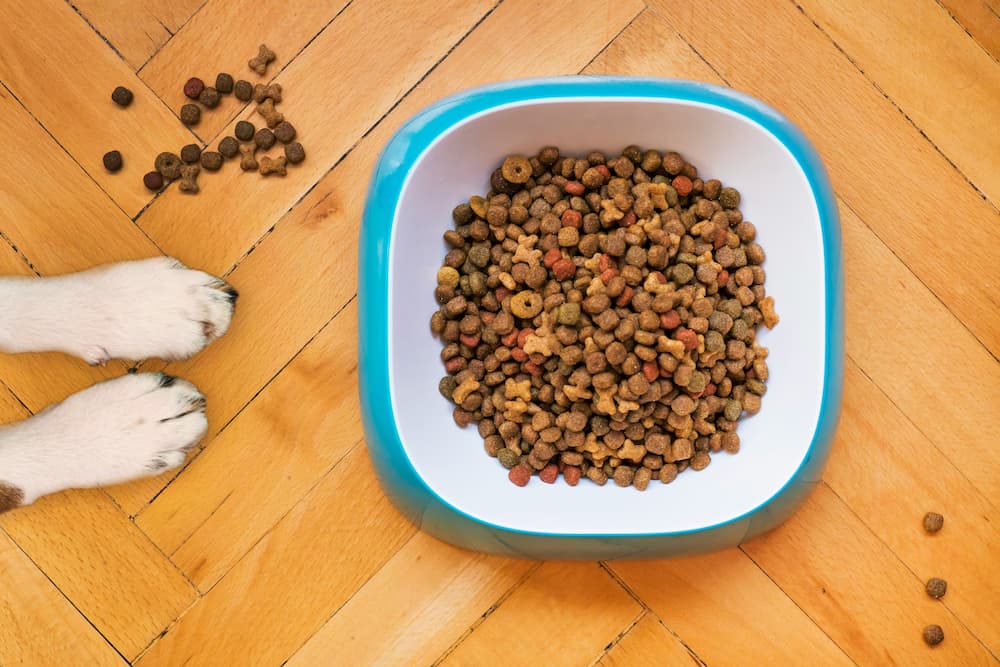
What Is the Difference Between Dog Food and Cat Food?
Dog and cat foods are formulated to meet distinct nutritional needs. Cats are obligate carnivores, meaning they require a diet rich in animal protein (25-30% dry matter) and essential nutrients like taurine and arachidonic acid, which are rarely found in plant-based sources . Dog food, however, is designed for omnivores, with lower protein levels (18-22% dry matter) and added carbohydrates for energy .
Key differences include:
1. Protein Source: Cat food uses more animal-based proteins (e.g., chicken, fish), while dog food often includes plant proteins like soy or corn.
2. Taurine: Cats require taurine for heart and eye health, so it’s added to cat food. Dogs can synthesize taurine, but excessive amounts from cat food may strain their kidneys.
3. Fat Content: Cat food is higher in fat (15-20% dry matter) to meet feline energy needs, while dog food typically contains 8-15% fat.
4. Vitamins and Minerals: Cat food has higher levels of pre-formed vitamin A and arachidonic acid, which can be toxic to dogs in excess.
Why Do Dogs Find Cat Food So Appealing?
There are three main reasons dogs raid cat bowls: aroma, fat/protein content, and learned behavior. Cat food is often richer in animal protein and fat, which increases aroma and flavor intensity. Dogs have an excellent sense of smell and will naturally prefer stronger, meatier scents and fattier textures.
Additionally, dogs are social eaters; if they see the cat enjoying their meal, they may want to join in. As noted by pet behavior experts, this isn’t a sign your dog dislikes their food but rather a combination of curiosity and the allure of something “different.”
What Happens If a Dog Eats Cat Food?
A single, small taste of cat food will usually cause no lasting harm for an otherwise healthy dog. If a dog eats a modest amount and acts normal afterward, most vets advise monitoring at home for vomiting, diarrhea, abdominal pain, or appetite changes. Skip the dog’s next meal if they had a big helping and watch for any signs of distress.
The bigger concern is repeated or large intake. Cat food’s higher fat and calorie density can trigger gastrointestinal upset and, in predisposed dogs, pancreatitis — an inflammation of the pancreas that can be serious and requires veterinary care. Symptoms of pancreatitis include severe vomiting, lethargy, abdominal pain, and diarrhea; seek immediate vet attention if those appear.
For puppies, the story is nuanced. Can puppies eat cat food? Technically a pup might survive on cat food for a short time, but puppies have different growth nutrient needs (calcium/phosphorus balance, energy partitioning) and feeding them cat food long-term can risk improper growth or obesity. Always consult your vet before feeding a growing animal anything other than a balanced puppy formula.
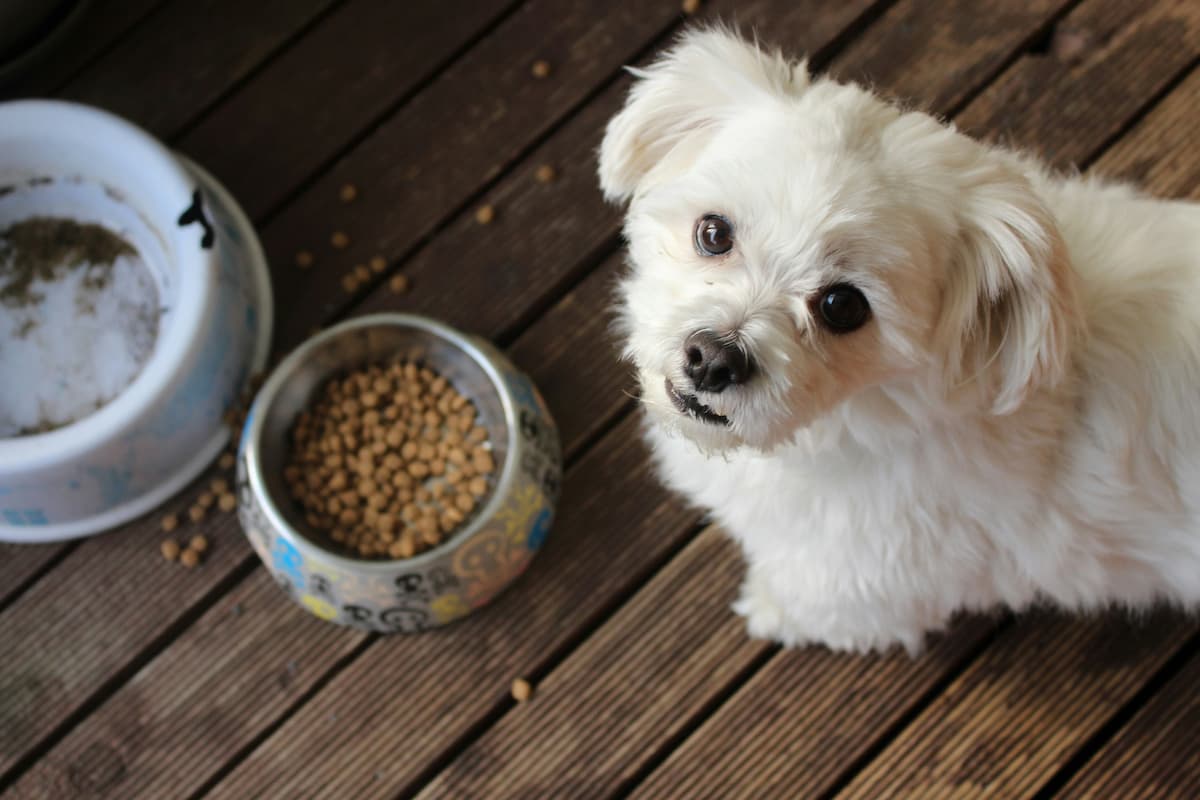
Is Feeding Cat Food Bad for Dogs?
Occasional, accidental bites are usually fine for most adult dogs; regular feeding of cat food can be harmful. Cat food’s higher protein, higher fat and different micronutrient profile make it an imbalanced long-term diet for dogs. Over weeks to months, regular access to cat food can contribute to obesity, gastrointestinal upset, and metabolic stress on organs like the pancreas, liver and kidneys. Veterinary sources caution against substituting cat food unless a veterinarian specifically prescribes it for a medical reason.
Certain dogs are at greater risk. Pets with a history of pancreatitis, hyperlipidemia, kidney disease, liver disease, or those on calorie-restricted diets should not eat cat food. Even if your dog appears fine after a single episode, repeated indulgence increases risk. If your dog only manages a small taste now and then, the practical risk is low — but if you’re asking is it bad for dogs to eat cat food regularly, the answer is yes; it’s not recommended. For emergencies (e.g., lost dog and no dog food available), a short term intake of commercial cat food is likely survivable, but seek vet advice for ongoing feeding.
How to Prevent Dogs From Eating Cat Food?
Keeping dogs away from cat food is usually an environmental and training problem — here are practical, vet-recommended strategies that work in most homes:
1. Scheduled feeding vs. free-feeding. Feed your cat at set times and remove uneaten food after 20–30 minutes. This reduces unattended access. Use the same approach for your dog so both animals have consistent routines.
2. Physical separation during meals. Feed the cat in a room with a door (use a baby gate that has a small cat door, or an elevated surface). Many cats can jump onto counters or tall cat trees; many dogs can’t. If your dog is small, consider feeding the cat inside a carrier or on a shelf that’s out of reach. Crates, baby gates, or pet playpens make mealtimes easier to manage.
3. Microchip/RFID feeders and selective cat doors.Microchip-activated feeders or RFID bowls open only for the cat and are excellent in multi-pet households. Electronic cat doors that react to a collar tag can let the cat into a feeding room while keeping the dog out. These tech solutions reduce human policing and work well for persistent offenders.
4. Behavior change and training. Teach your dog “leave it” and “off” reliably. Start with low-value items and work up to higher-value ones (like cat food), rewarding calm behavior. For dogs that jump counters, work on impulse control exercises and management — e.g., tethering briefly during cat mealtimes so the dog can’t access the food. Positive reinforcement and consistency are key. If needed, consult a certified trainer or veterinary behaviorist.
5. Make cat food less accessible. Store bags and cans in cabinets or the pantry. Use lidded containers that a dog can’t open. Don’t leave full bowls on the floor all day. For homes with multiple rooms, feeding the cat in a quiet bedroom while the dog is crated for 15 minutes is simple and effective.
6. Address nutrition or boredom. If your dog is constantly raiding the cat’s bowl, evaluate whether you’re feeding enough, whether the diet suits their energy level, and whether enrichment (longer walks, puzzle feeders, chew toys) is needed. Sometimes dogs scavenge because of underfeeding, boredom, or anxiety. A vet visit can rule out medical causes for increased appetite.
7. When to call the vet. If your dog ate a large amount of cat food or shows vomiting, diarrhea, abdominal pain, lethargy, or other worrying signs, contact your veterinarian immediately. Dogs with prior pancreatitis or metabolic disease deserve faster action. Keep your vet’s number and poison control info handy for emergencies.
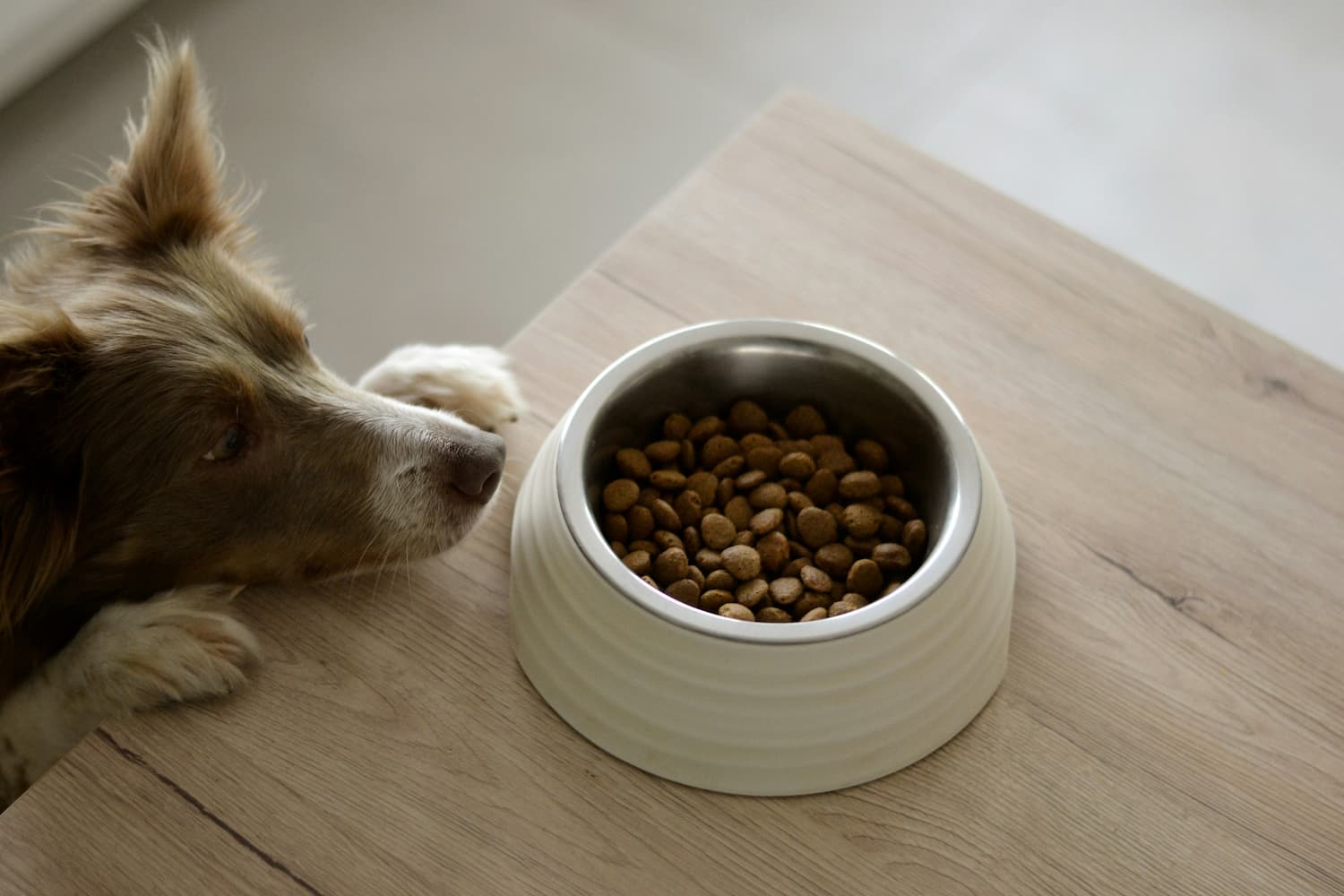
Conclusion
So, can dogs eat cat food? An occasional taste is unlikely to hurt most healthy adult dogs, but cat food is not formulated for canine long-term nutrition. Regular consumption can cause GI upset, weight gain, and increase the risk of pancreatitis and other health problems. Use management, training and simple tools to protect both pets’ diets. When in doubt, check with your veterinarian — especially for puppies, senior dogs, or pets with preexisting conditions.
FAQ
Can a small amount of wet cat food be used occasionally as a treat?
While wet cat food is more palatable, it’s high in fat and calories. advises against using it as a treat. Instead, opt for dog-safe alternatives like cooked chicken or carrots.
Is dry cat food less risky than wet cat food for dogs?
Both dry and wet cat food pose similar risks for dogs. Dry cat food is high in protein and may lack essential canine nutrients, while wet cat food often has higher fat content. Neither is formulated for dogs, so neither is “less risky”—both should be kept away from your dog’s regular diet.
Can dogs eat dry cat food in an emergency?
In a pinch, small amounts of dry cat food may be fed to adult dogs for 1-2 meals. However, it’s not nutritionally balanced. Offer alternatives like boiled chicken and rice instead.
What if I accidentally fed my dog cat food?
If it was a small amount, monitor your dog for 24–48 hours for vomiting, diarrhea, loss of appetite, or signs of abdominal pain. If your dog ate a large quantity, or has underlying health issues (or shows worrying symptoms), call your vet right away. For repeat incidents, implement prevention strategies (scheduled feeding, separation, microchip feeders) to stop it from happening again.

